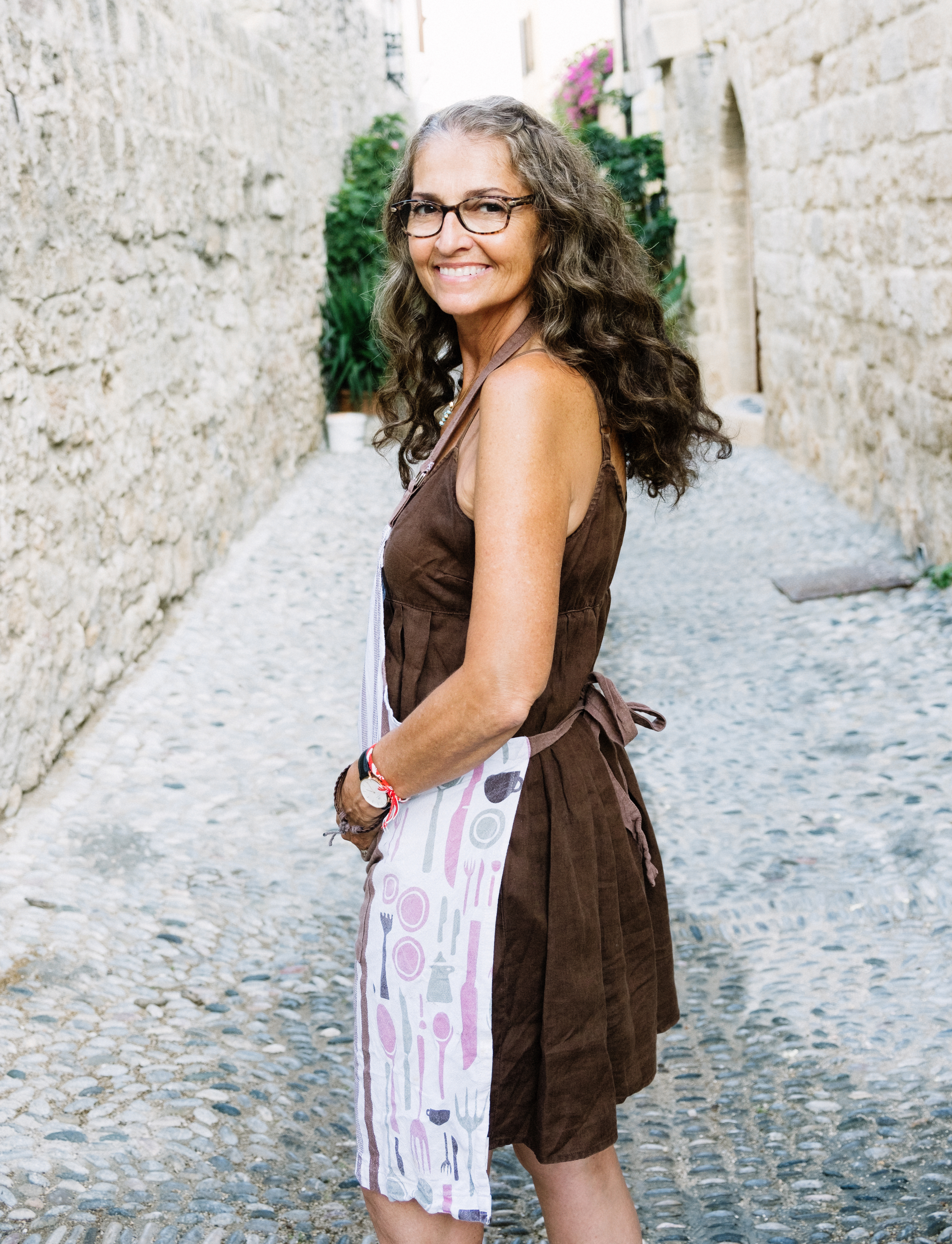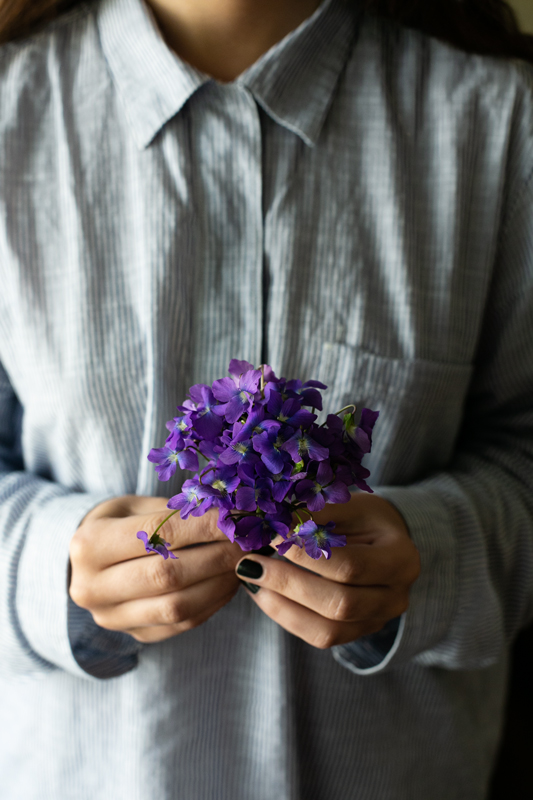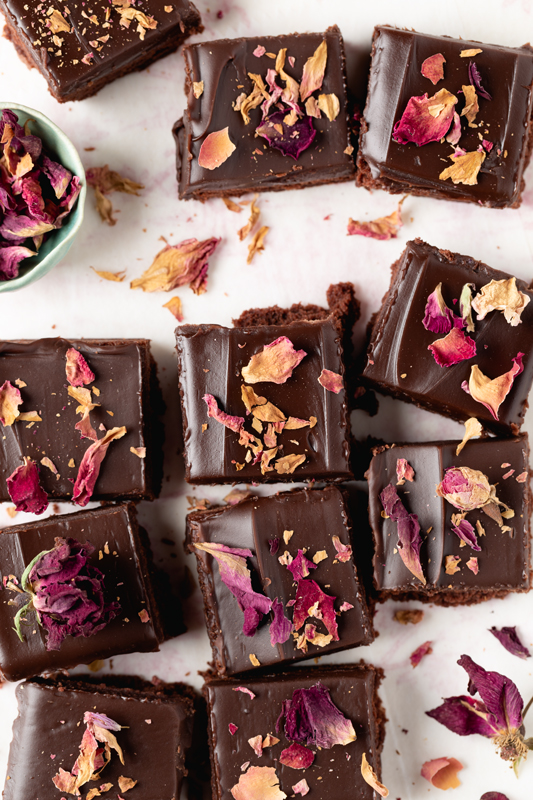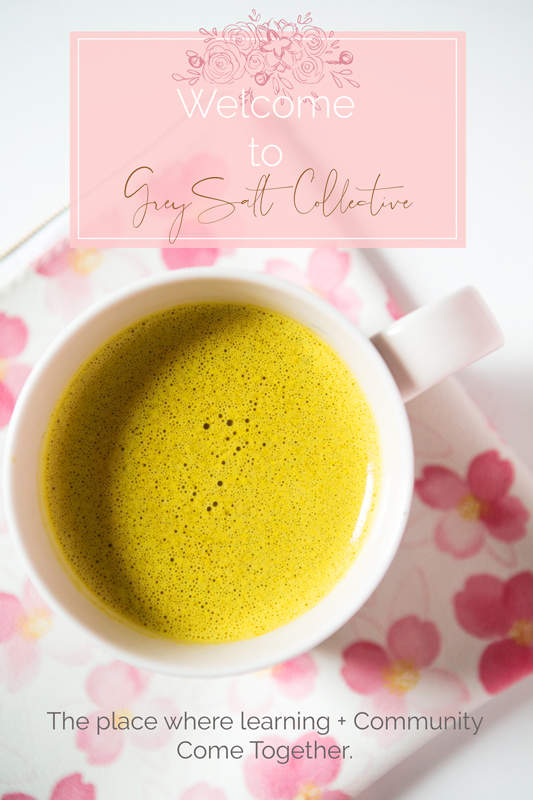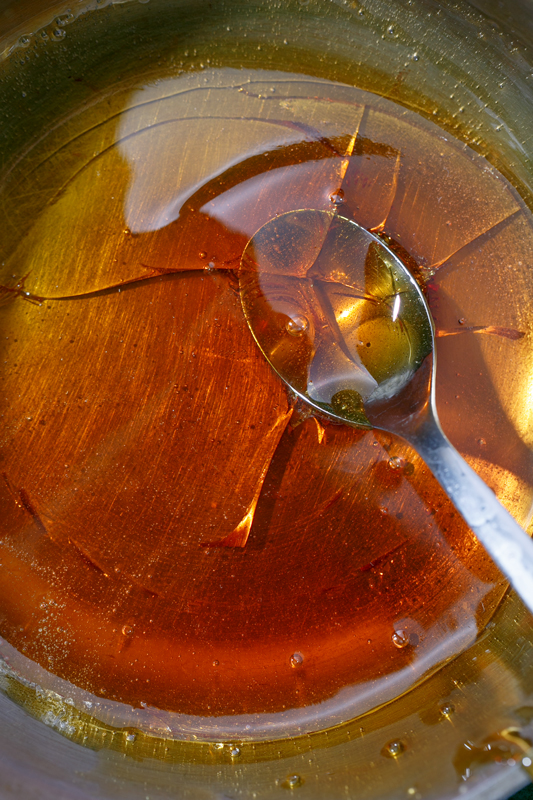At its most basic level, photography requires a light source and a receiver to record an image to.
Today let’s talk about light, and specifically using just one light source for our food photography.
While there are times that incorporating more than one light is necessary to achieve a particular look, the truth is that for the most part, you can create a beautiful, depth filled image of food with just one large and diffused light source, and using a modifier to either add a bit of fill light, or to absorb a bit of light – if needed.
The quality of your light also matters, and when we talk about the quality of light, we are taking into consideration things like how soft or hard the light is, what color the light is, how direct or indirect the light is, etc.
Generally speaking, we are looking for bright, indirect, diffused light for food photography.
*On the flip side, using hard, direct light IS another option. You can read, and see examples, of what kinds of beauty this light produces, in this post.
Of course additional considerations like choosing the right camera angle, strong composition, starting with beautiful food or beautifully styled food, are also important, but today is all about the light. One light.
.jpg)
If you’re shooting at home and using available, natural light as your source light, look to your windows and exterior doors as potential areas to set up.
Many times, stepping just inside of your front door will give you beautiful light spilling in, that then tapers off naturally the further back you are, allowing for a gradient of light to fall over your scene.
Both examples, above and below, show set ups using light entering a doorway as the one light source.
In the example above, the quality of light, coming in from the right side of the set, is ‘softer and more diffused’ because it was a cloudy day; whereas in the image below, though the light is also indirect, its quality is brighter because there was nothing diffusing (softening) the sun’s light.w
.jpg)
Each scene is utilizing one light source which falls off the farther from the light your set up is. This fall off, and the use of side lighting, helps to create contrast and shadows, which are necessary to create depth and for showing textures.
Without them, we would be left with a flat, dimensionless photo.
If you wanted to fill in some of the deeper shadows, placing a white card to the opposite side of the light source allows the white card to pick up the light and bounce it back into the subject, softening the shadows and contrast.
The distance of the white card to your subject will affect how much light is bounced back in.
The height and distance of your light source in relation to your subject will also affect the quality and quantity of light.
Experimenting is the best way to help you to understand, and SEE, how each of these variables affect your light, and your final image.
Below is an example of using diffused, indirect window light (to the right of the set) as the one light source, and using a tri-fold black card positioned opposite the window (sitting on the left of the set) as a way to subtract, or absorb, light from the food, further deepening the shadows on the left sides of the food and props, as shown in the final image, for a dramatic, moody feel.
.jpg)
.jpg)
If the light coming in through your door or window is casting direct, hard light (as shown in the image below), or, if you just want to further soften up the light, understanding how to modify that light is key.
Modifying your light means nothing more than taking control of it in terms of how it is behaving and looking by using various objects (light modifiers.)
.jpg)
If you want to soften your light, placing a modifier such as the disc modifier used in the image above (or any sheer white material, shower curtain, curtain panel, vellum paper, etc.) in-between your set and your light source, is how you would accomplish this.
The thickness or sheerness of the object or material used effects how much or how little the light is cut or softened, which can also affect your exposure, so be sure to check your settings to make any necessary adjustments.
A quick note about using artificial lighting.
Though light is light, not all light is equal, and there are additional technical considerations that apply to strobes, speedlights and constant lights, however, everything I shared in this post with regards to the concepts, the basic qualities of light, and how to modify the light, applies to artificial lighting techniques, as well.
To sum it all up, look for large diffused sources of light with a healthy amount of spread, vs. a narrow shaft of light.
If you need to soften, add or subtract light, use items like diffusion screens, soft boxes, white and black cards, as well as using the relationship of the distance your food to your light source, as tools.
If you want to learn more, be sure to read and download the free PDF:
Food Photography Tips 101 | Start With the Light




